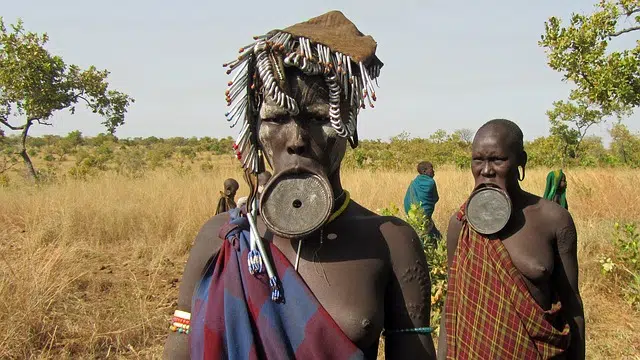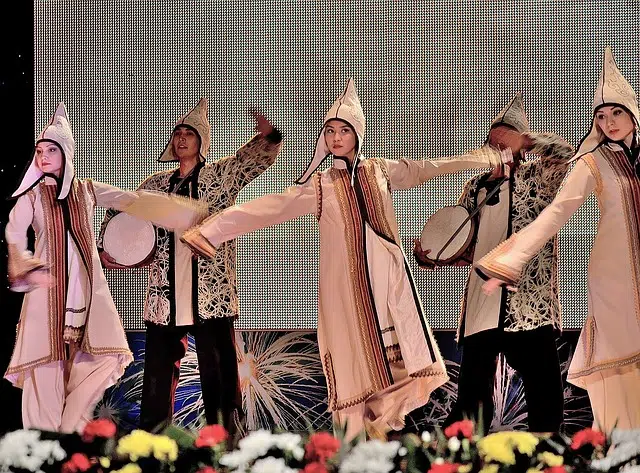
Ethnography is called a study method that makes it possible to describe the traditions and customs of a community.
Ethnography is a study method used by anthropologists to describe the customs and traditions of a human group . This study helps to understand the identity of a human community that operates in a specific sociocultural environment. It is worth mentioning that, although it was coined by anthropology, it is also used in other research social sciences, such as sociology .
Ethnography involves participant observation by the anthropologist during a period of time in which he is in direct contact with the group to be studied. The work can be complemented with interviews to gather more information and discover data that is inaccessible to the naked eye for a person who is not part of the culture in question.
It is usual for the researcher to assume an active role in the daily activities of the community to become involved in understanding the culture. These activities also allow you to ask for explanations about the actions and behaviors of each of the members of the group studied.
Ethnography and dense description
The report presented by the anthropologist to detail the customs, practices, beliefs and myths of a culture is known as a dense description . The researcher generally uses both qualitative and quantitative methods to develop his or her work.
It is key that the anthropologist does not have an ethnocentric vision when analyzing the behavior of the community; Otherwise, your work will be worthless.
One of the most popular studies of ethnography is "The Argonauts of the Western Pacific" , written by Bronislaw Malinowski ( 1884 - 1942 ) and published in 1922 . It is a work dedicated to the rituals and social practices of the inhabitants of the Trobriand Islands .

Ethnography requires participant observation by the researcher.
Rockwell's vision
As anthropologist Elsie Rockwell put it, it is an extremely useful form of research that was developed in England almost four decades ago. In any case, its acceptance required a long time since, being an alternative tool, it caused multiple rejections among the dominant paradigms of the time.
This concept understands both the action carried out by a field researcher when faced with the study of a social group, and the final product that derives from that research activity. Without going any further, for Rockwell, ethnography was much more than a tool to obtain data, so it could not be pigeonholed into the strict definition of method. Rather, it is a whole in which method and theory come together.
Branches of ethnography
It is important to note that within ethnography there are several branches, according to the type of work being carried out, the way in which the research is carried out; These are: Field guides (the work is carried out taking into account a series of universal, theoretically neutral categories, which allow the phenomena to be studied to be approached objectively), semantic ethnography (attempts to understand the phenomena taking into account the linguistic conception of the group to investigate; the things that every individual must know and understand to belong to it), microethnography (it is developed from small investigations, of individualities and from there it tries to address the behavior of the entire group) and macroethnography (part of issues broader to understand small individualities).
It is also worth mentioning that, as in most sciences, there are researchers who are more orthodox than others; those who try to understand the objects of study starting from a strict structure that does not contemplate diversity. However, there are also open ones that advance in search of information and knowledge of the groups starting from ignorance , to get closer to the purest and deepest part of said human group .
